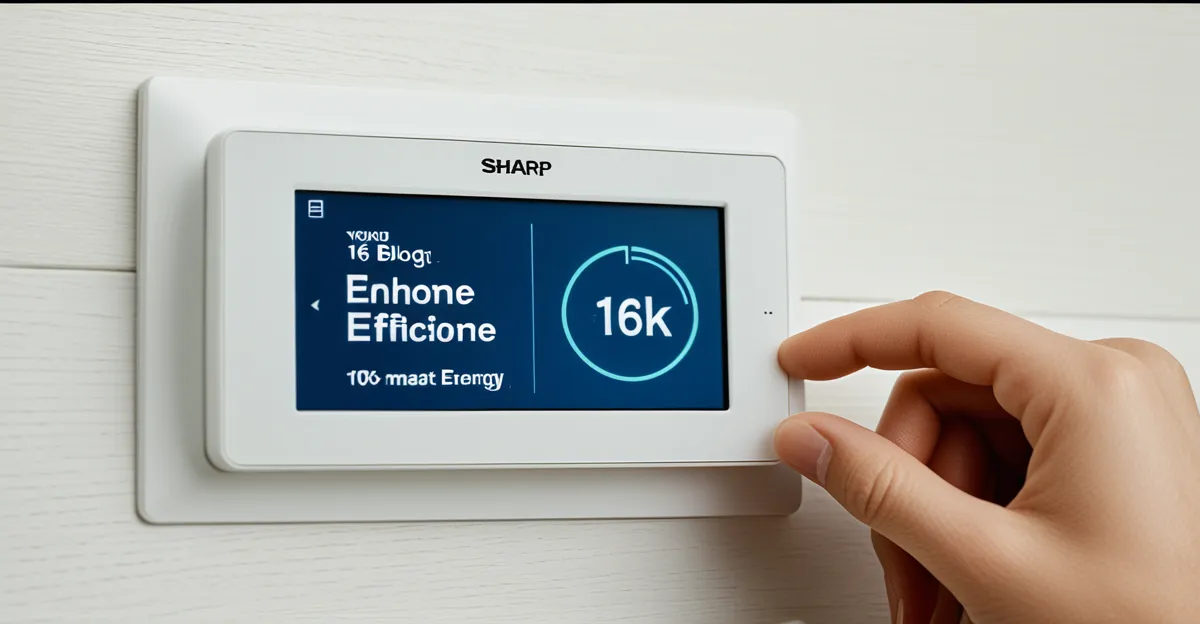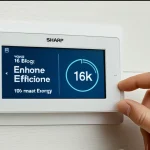Practical Upgrades for UK Home Energy Efficiency
Improving UK home energy efficiency starts with assessing key areas like loft insulation, wall cavity filling, and floor insulation. Proper insulation retains heat, reducing reliance on heating systems, which directly cuts energy costs. Many older UK homes suffer from inadequate insulation in these areas, so upgrading can dramatically improve warmth and comfort.
Windows play a crucial role too. Upgrading to double glazing or even triple glazing significantly reduces heat loss and draughts. This means not only a warmer home but also a noticeable reduction in heating bills. The energy efficient upgrades provided by modern glazing options often include low-emissivity (Low-E) coatings, which enhance thermal insulation while allowing natural light.
Have you seen this : How Can You Maximize Space in Your UK Home for a More Comfortable Living?
Another effective energy efficient upgrade is draught-proofing doors and windows. Small gaps can let in cold air, undermining insulation efforts. Draught-proof seals, brush strips, or even professional draught excluders can boost comfort and efficiency without major renovations. Combined, these measures create a comprehensive approach to improving UK home energy efficiency, contributing to both lower carbon footprints and energy bills.
Optimising Heating and Smart Controls
Smart upgrades to heating systems can significantly improve UK home energy efficiency by reducing wasted energy and tailoring warmth precisely where needed. Choosing modern, energy efficient boilers UK-wide is crucial. Condensing boilers, for example, extract more heat from fuel, making them a cornerstone of energy efficient heating.
In parallel : How Can Sustainable Living Practices Transform Your Home Environment?
A smart thermostat allows precise temperature control and scheduling. How do smart thermostats enhance energy efficiency? They learn household patterns, adjust heating to your lifestyle, and reduce heating when rooms are unused. This reduces fuel consumption and lowers bills without sacrificing comfort.
Balancing radiator settings is another practical step. Zoning your home—separating rooms into heating zones—lets you heat only occupied spaces. This avoids unnecessary energy use and promotes comfort tailored to your needs. Combined with smart controls, zoning optimises heat distribution efficiently.
Together, upgrading boilers, installing smart thermostats, and applying zoning maximises heating performance while reducing costs. These energy efficient heating strategies help homeowners get the most from every unit of fuel, making for a warmer home that is kinder on your wallet and the environment.
Appliance Choices and Lighting Improvements
Choosing the right energy-saving appliances is a straightforward path to reduce electricity use UK homes generate. Opting for appliances with high energy ratings guarantees better efficiency, using less power without compromising performance. Look for labels like A++ or above, which represent top-tier energy efficiency standards.
Switching to LED lighting is one of the most impactful energy efficient upgrades. LEDs consume up to 80% less energy than incandescent bulbs while lasting significantly longer. This upgrade not only decreases electricity bills but also reduces the frequency of replacements, cutting waste and ongoing costs. By replacing traditional bulbs throughout your home, you can achieve immediate savings.
Managing standby power is another key factor. Many appliances draw power even when off but still plugged in. Using smart plugs or unplugging devices when not in use reduces invisible electricity drains. These small adjustments, combined with energy efficient appliances and LED lighting, create a comprehensive approach to lowering electricity use UK households experience.
By focusing on selecting energy-saving appliances, upgrading to LED lighting, and minimising standby waste, homeowners can achieve both practical energy efficient improvements and meaningful reductions in their electricity bills. These steps offer a straightforward, accessible strategy for ongoing energy savings without major renovations.
Accessing UK Grants and Schemes
Navigating UK government energy grants is essential for making energy efficient upgrades affordable. Key schemes like the Energy Company Obligation (ECO) help fund insulation, boiler upgrades, and other improvements. Homeowners can apply to schemes designed to reduce upfront costs while boosting UK home energy efficiency.
To access these schemes, eligibility often depends on factors such as household income, property type, and energy performance rating. ECO, for example, targets low-income and vulnerable households but also supports broader uptake of measures like loft insulation and double glazing. Local councils may offer additional schemes that complement national funding, geared towards specific areas or demographics.
Applying involves submitting proof of eligibility and property details. Some schemes require professional assessments before work begins to ensure the upgrades meet energy efficiency standards. Using these grants not only reduces financial burden but also accelerates improvements in home comfort and bill savings.
Understanding and leveraging UK government energy grants is a practical route to affordable energy efficient upgrades. By combining grants with personal investment, homeowners can enhance insulation, heating, and glazing, achieving substantial reductions in energy use and costs.
Practical Upgrades for UK Home Energy Efficiency
Improving UK home energy efficiency starts with thorough assessment of key insulation areas: lofts, walls, and floors. Proper insulation reduces heat loss, which directly lowers energy consumption and costs. Many UK homes have older or missing insulation, so adding or upgrading loft insulation to recommended depths (270mm or more) makes a substantial difference. Filling wall cavities and insulating solid walls can further trap warmth effectively.
Upgrading to double glazing windows is another essential energy efficient upgrade. Double glazed units create an insulating layer of air or gas between panes, reducing heat loss by about 30-50% compared to single glazing. When possible, choosing triple glazing increases this benefit, especially in colder climates.
Draught-proofing doors and windows complements insulation and glazing by sealing small gaps where cold air penetrates and warm air escapes. Simple measures like brush strips or professional seals can improve comfort and reduce heating demand without major renovation. Combining insulation, effective glazing, and draught-proofing forms a practical, comprehensive upgrade strategy to significantly boost UK home energy efficiency.





